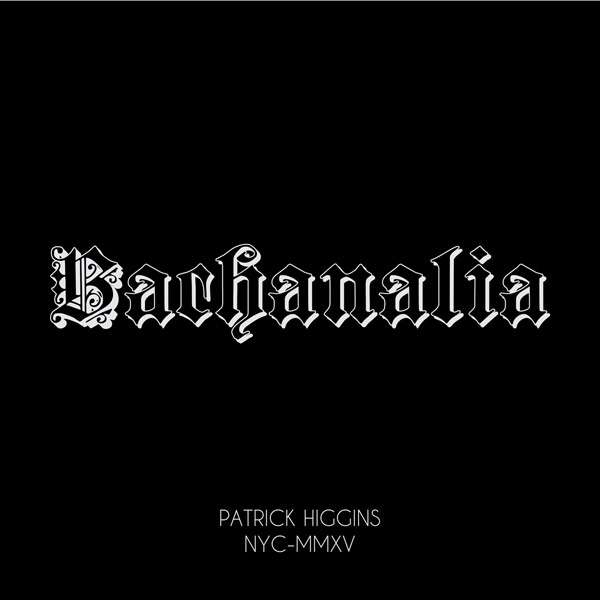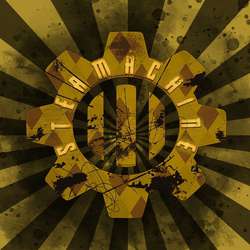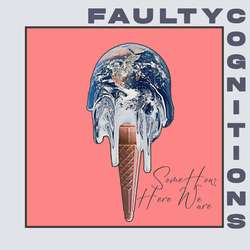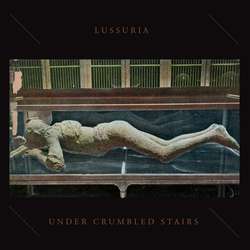Known in his lifetime (1685-1750) primarily as an organist, German-born Johann Sebastian Bach has, in the course of the last three centuries, achieved a status as one of the finest composers to have ever lived. The mathematical precision of Bach’s work is one of its most recognized characteristics, but also an element that provoked a love it or hate it response among those who appreciate classical composition. Some, like pianist Glen Gould (quite an eccentric in his own right), were fascinated by the intricacies of Bach’s work – Gould garnered instant acclaim for his initial 1955 recording of the Goldberg Variations and went on to record the work again in the 1980s. For others (myself included), Bach’s Baroque period work quickly grows tiresome, seeming almost mechanical and much more interested in form and structure than in the dramatic and powerful expressions of emotions found in the later works of figures like Beethoven, Chopin, and Schubert (to name but a few).
Regardless, the near perfection of Bach’s work is astounding, and most everyone is familiar with his music whether they know it or not – two of his most well-known pieces are the serene Prelude and Fugue No. 1 in C major (from The Well-Tempered Clavier) and the sinister Toccata in D Minor, made famous by its inclusion in numerous horror films. What perhaps isn’t as widely known is that Bach had a talent for improvisation, and thus it’s not entirely surprising that avant-garde composer and guitarist Patrick Higgins would choose to interpret a selection of Bach’s music on the 2015 release Bachanalia. Though Higgins does make use of some recording and compositional techniques that expand on Bach’s original ideas and really emphasize the space in which these tracks were recorded, the experimental aspects of the album don’t substantially take away from what strikes me as a wonderful collection of flawlessly-performed classical guitar music.
Things start off with a two-minute introduction which seems designed to get a listener in the mood – full of echo and digital effects which reduce the plucked strings to screeching banks of fluttering sounds, it’s easily one of the most obviously unusual tracks on the album. From here, Higgins transitions into the “Aria” from the Goldberg Variations. Typically performed by piano, it’s interesting to hear this calming melody played on a guitar, and in the hands of Higgins, the piece builds from a very delicate opening into a more sonorous midsection and a finale drenched in warm reverb. Bach’s “Violin Partita No. 3 – Prelude,” as engineered on this recording, makes extensive use of echo to ensure that slightly mangled repetitions of the melody bubble underneath the advancing, very energetic main theme. This technique makes the piece sound significantly “bigger” than it ever would have in its original instrumentation, and I rather like the lurching and churning secondary rhythms that appear during the work.
“Lute Suite No. 1 – Bouree” reintroduces the groaning, almost metallic fluttering sounds from the album’s intro track before delivering another lively, rapidly plucked melody that’s positively slathered in reverb. The almost horror movie mood of this relatively brief track stands in sharp contrast to the bright main melody, while fierce echo present in follow-up “Cello Suite No. 6 – Gavotte” dominates the flowing aria at the track’s center. “Cantata 147 – Chorale” presents a composition that most people will probably recognize – a gentle, pastoral tune that becomes ever more scratchy in Higgins’s arrangement before disintegrating in its final moments – but “Cello Suite No. 1 – Minuet 1 and 2” becomes downright cacophonous as resonating chordal slaps and tinny echoed flutters overpower the jingling ongoing tune.
Regarded by master violinist Yehudi Menuhin as “the greatest structure for solo violin that exists,” Bach’s “Violin Partita No. 2 – Chaconne” is piece believed to have been written in memory of the composer’s first wife Maria. Related by Higgins, it’s a fourteen and a quarter minute juggernaut that immediately has a much more somber feel to it than any of the previous, generally more cheerful tracks. As the piece continues, it works through a few upbeat sections that suggest a memory of happier times, but throughout, Higgins appears to hold an immense respect the emotion poured into the original composition – he mostly lets the music speak for itself, with a minimum of digital manipulations added into the mix. While one can appreciate Higgins’s technical proficiency on many of Bachanalia's tracks, it’s on the “Chaconne” that his expertise on the guitar really shines – upon further repetition of the main melody, he skillfully runs up and down the fretboard at a clip that would put most guitarists to shame. Following up this performance is a nearly inconceivable task, but the “Aria da Capo,” again from the Goldberg Variations, is about as agreeable a finale as would be possible at this point. This piece is a slightly different interpretation of the album’s second track (all thirty of the Goldberg Variations follow the same bass line and chord progressions found in the aria), but this time around, the piece makes use of resonant effects which create a more pronounced sense of ambiance.
Bachanalia winds up as an outstanding album of classical music that also happens to explore the same ideas and notions regarding space that inspired Alvin Lucier to make recordings such as 1969’s “I Am Sitting in a Room.” Some might be distracted by the gnawing repetitions of sound heard here, but I was surprised to find that Higgins’s liberal use of echo actually made these pieces more tolerable – I was able to appreciate Bach’s writing in a way that wouldn’t have been possible had the compositions been performed as they were originally intended. Classical music isn’t known for being the most hip genre out there – perhaps the sort of unusual, experimental arrangement contained here is one way to make this material more palatable to modern listeners. In any case,Bachanalia comes recommended – not only for fans of classical music, but for any listener in the mood for something relaxing and pleasant to listen to.





